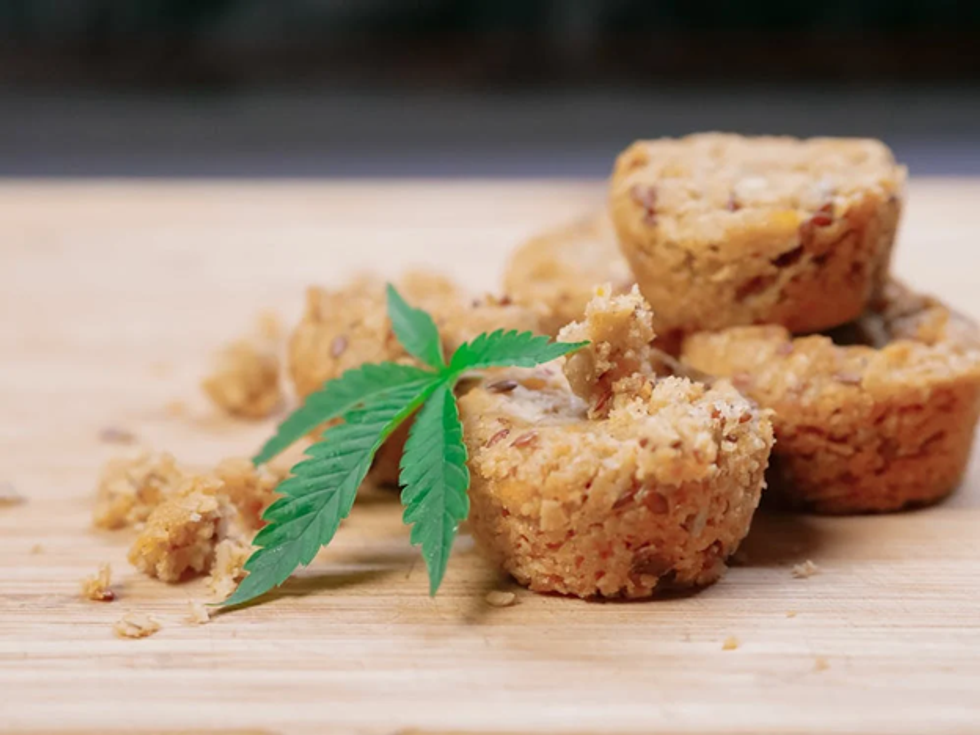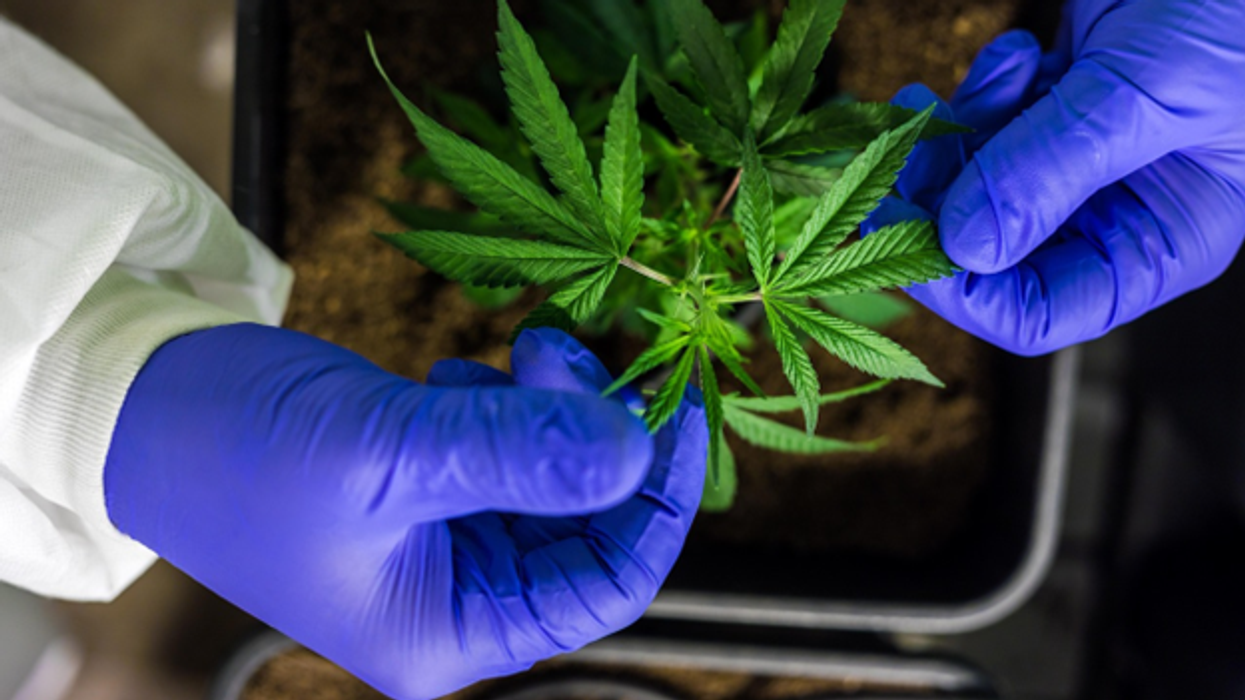When it comes to performance and recovery, many athletes and fitness enthusiasts explore various tools to optimize their routines. Of late, tetrahydrocannabinol (THC) has surfaced as a potential option. Whether for neurological benefits during exercise sessions or pain relief post-workout, understanding when to incorporate THC has become increasingly significant.
Understanding THC and Its Effects
THC is the psychoactive compound in cannabis that interacts with the body’s endocannabinoid system. This system plays a crucial role in regulating mood, pain, inflammation, and various physiological responses. THC can change perception and affect pain and discomfort by attaching itself to cannabinoid receptors in the brain and immune system. Research shows that THC may provide anti-inflammatory benefits.
Inflammation can be a common hindrance for athletes, especially following intense training. THC may facilitate a quicker recovery by reducing inflammation, enabling users to resume their workout routines without experiencing major setbacks. Aside from physical recovery, THC can affect mental states, potentially reducing exercise-related anxiety. With proper dosing, users often report an enhanced focus during workouts, making it easier to achieve peak performance.
When to Use THC for Performance
Choosing the right moments to utilize THC before or during performance can make a difference. Many athletes find that consuming cannabis close to their exercise routines could improve their motivation and enjoyment associated with workouts. THC's ability to lower anxiety levels makes it an appealing option for nervous competitors or those engaging in high-stress sports. However, the effects can vary widely from person to person.
For those interested in maximizing workout efficacy, timing is crucial. Taking THC about an hour before a workout could enhance the overall experience by creating a sense of euphoria and relaxation, contributing to an improved mood.
On the other hand, timing depends on the intended benefits, some users may prefer an occasional dose midway through workouts, easing the physical exertion. With cannabis gummies, it’s easier to consume THC in a measured manner. Gummies offer a discreet and convenient way to incorporate THC into training routines without the need for smoking or vaping. Their slow-acting nature provides a gradual release of the compound, catering to users' needs without the risk of overwhelming psychoactive effects.
Considering Recovery Times
Recovery is where THC truly shines. After an intense exercise session, the body sustains muscle strains and inflammation. THC’s anti-inflammatory properties can be beneficial in speeding up the recovery process by soothing sore muscles and alleviating aches. The psychoactive compound may play a role in pain management, which appears particularly relevant for those engaging in high-impact sports.
Recovery isn’t merely physical; mental recuperation is equally necessary. The calming effects of THC can assist athletes in winding down post-exercise, fostering better sleep patterns and enhancing overall recovery. Sleep is vital for muscle repair and growth, reinforcing why some may turn to THC as a nighttime aid. Sports science has documented the importance of sleep for athletic performance.
According to one study, sleep deprivation can impair athletic performance by compromising strength and stamina. The inclusion of THC may enhance the quality of sleep for some individuals, allowing them to recuperate effectively between workout sessions.
The Legal and Social Considerations
When contemplating the use of THC, legality should be a primary consideration. Laws surrounding cannabis use differ vastly depending on geographic location, and athletes must be aware of these regulations. Some sports organizations have specific policies regarding THC, which could affect eligibility, particularly in competitive scenarios.
It’s crucial to review the rules about cannabis in your respective sport to avoid potential penalties. Social perceptions of cannabis are gradually evolving, leading to increased acceptance.
Athletes who openly advocate for its use often share personal stories of enhanced performance and recovery, fostering a culture where THC is viewed more favorably. Nonetheless, cautious moderation and informed usage are core to ensuring that athletes can benefit from THC without facing unintended consequences.
Public attitudes may be shifting, but stigma still exists in certain communities or sports, which can influence sponsorship opportunities and public image. As such, transparency, education, and ongoing dialogue remain key to navigating both the legal and social dimensions of THC use in athletics.
Points of Caution When Using THC
While THC may offer various benefits, it’s essential to approach it with care. Dosing plays a critical role; too high a dose could lead to lethargy or decreased coordination, counterproductive for individuals looking to perform their best. Gradually increasing dosage allows users to gauge their reactions and adjust accordingly.
Monitoring effects helps avoid potential pitfalls that high doses may lead to. Individuals can react differently based on factors like metabolic rate, body weight, and even individual cannabinoid tolerances. Experimentation should be done judiciously, with attention to personal responses after consumption.
Integrating THC into performance and recovery strategies can present inviting opportunities, but should be balanced with caution and knowledge. People can make wise selections if they are aware of the dangers and advantages.












